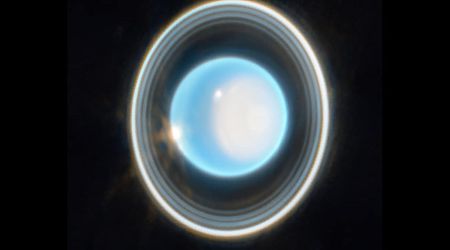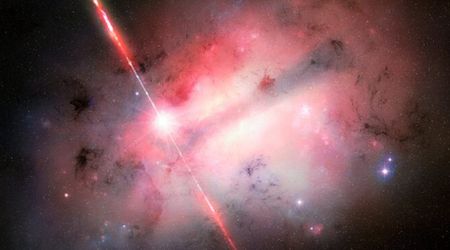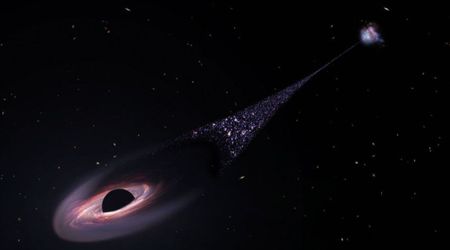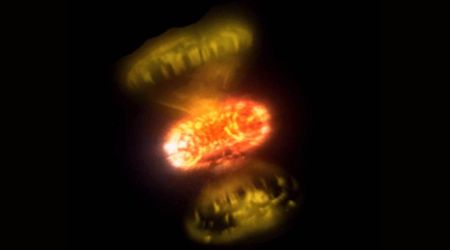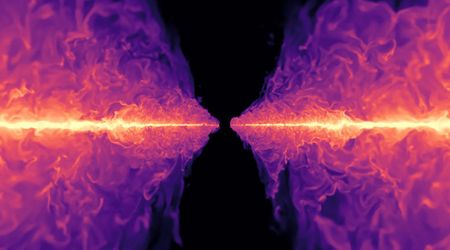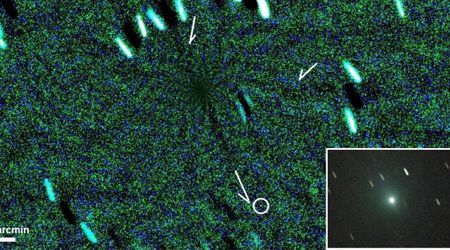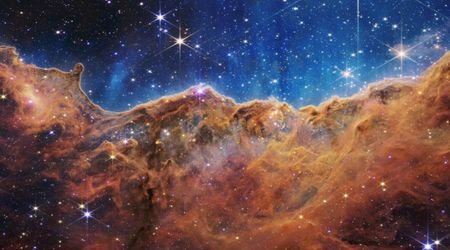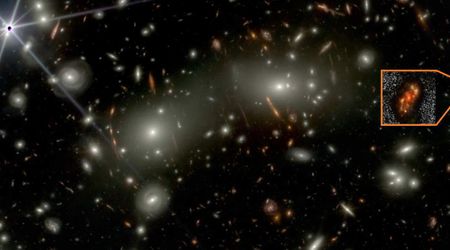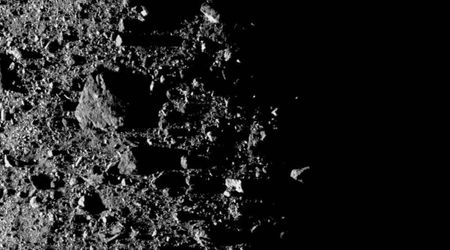NASA released 'haunting' audio emanating from massive black hole 240 million light-years away

While the Big Bang initiated the process of life, it also left a mysterious substance that permeates the whole universe - dark matter, according to the European Space Agency. Because of gravity, the dark matter becomes unevenly distributed throughout the space. The interlocking of dense and lighter matter forms what astronomers call “clusters.” One such colossal galaxy cluster, named “Perseus,” now sits nearly 240 million light years away from Earth, enveloped by a cushion of dark matter. In the heart of this cluster lies a supermassive black hole and thanks to NASA, humans now have a faint idea about the sound it produces. NASA scientists recorded the sound of space and announced their discovery in a press release.

The eerie sound was first caught at the Chandra X-ray Observatory and was later remixed by NASA engineers. The audio, accompanied by purple-blue visuals, is making some listeners think that a distant ghost somewhere is wailing. Space, which was supposed to be soundless, is now emitting sound — the one that sends chills down the spine.
The misconception that there is no sound in space originates because most space is a ~vacuum, providing no way for sound waves to travel. A galaxy cluster has so much gas that we've picked up actual sound. Here it's amplified, and mixed with other data, to hear a black hole! pic.twitter.com/RobcZs7F9e
— NASA Exoplanets (@NASAExoplanets) August 21, 2022
It wasn’t the first time in 2022 that NASA scientists detected a sound in the Perseus cluster. According to the press release, scientists have been suspicious about the sonic tendency of Perseus’ supermassive black hole since 2003. And even though there’s no sound in space, due to the vacuum, these sound waves were caused by the behemoth of gas locked inside the black hole. As pressure waves rippled out from the black hole and travelled through the cluster, their journey gave rise to a subtle cacophony of “notes.”

The "note" heard in NASA’s audio is the “deepest ever detected from an object in the universe,” according to the Chandra X-ray Observatory. Andrew Fabian of the Institute of Astronomy (IoA) in Cambridge, England, and leader of the study, told Chandra that previously, scientists had detected immense quantities of heat and light in the black holes. But this time, they were able to detect sound, too. A human, however, would not be able to hear the original cosmic performance as the frequency is “a billion times deeper than the limits of human hearing.”

Scientists believe that the discovery of these sound waves is just the first step. It can lead to fascinating revelations about how sound works in space and also the sound machine of black holes like this one. "The Perseus sound waves are much more than just an interesting form of black hole acoustics. These sound waves may be the key in figuring out how galaxy clusters, the largest structures in the universe, grow," Steve Allen, a co-investigator in the research, told Chandra Observatory.
